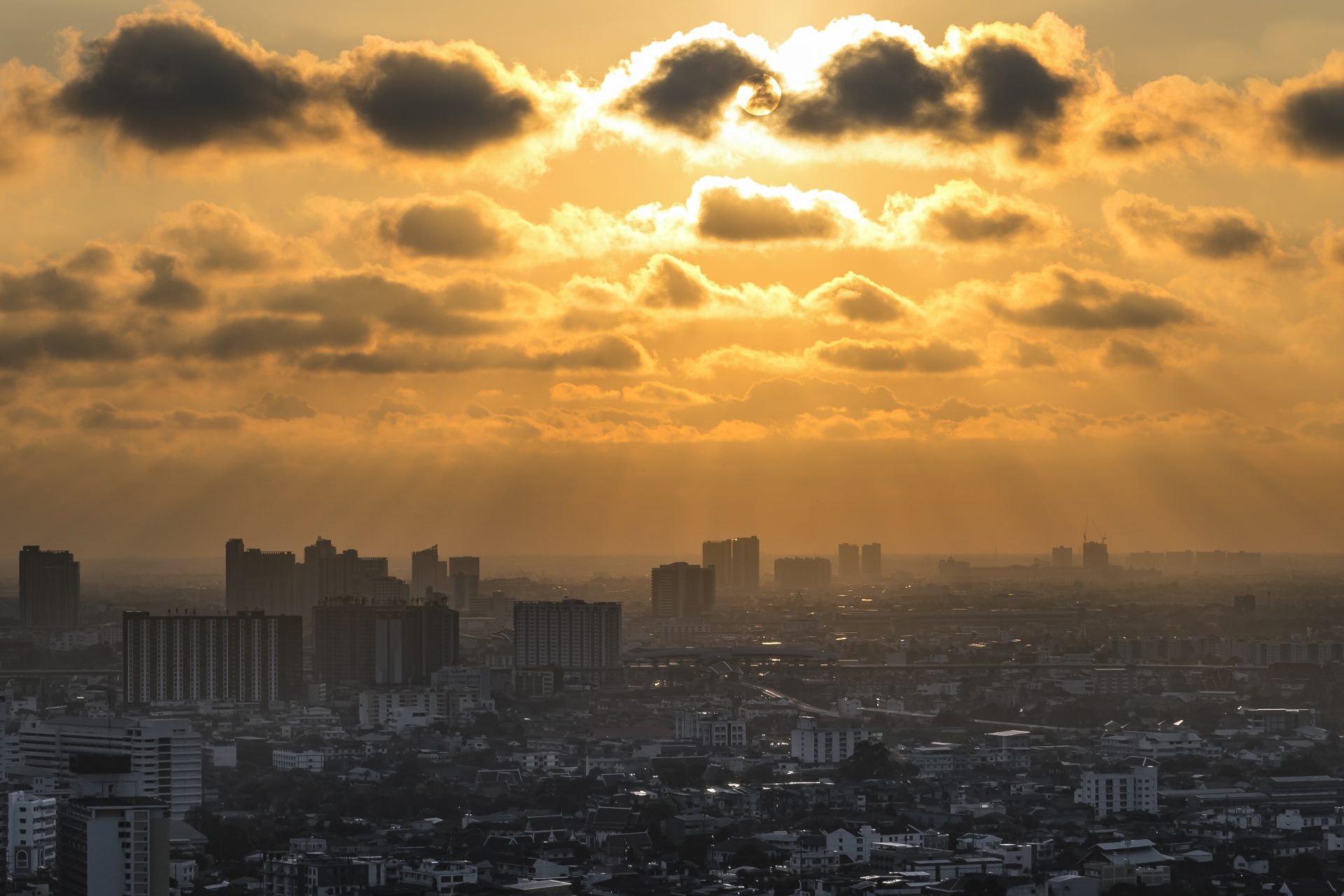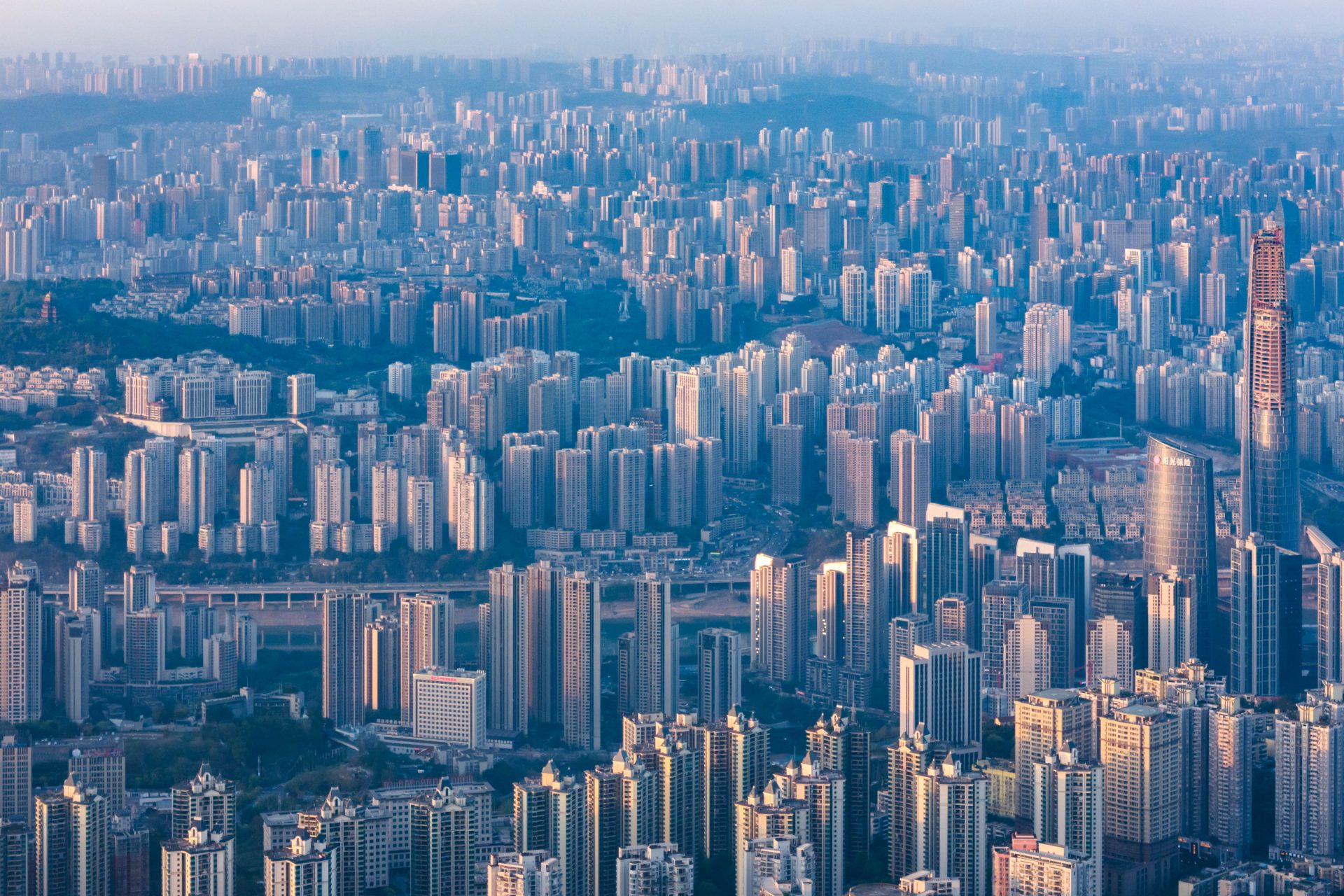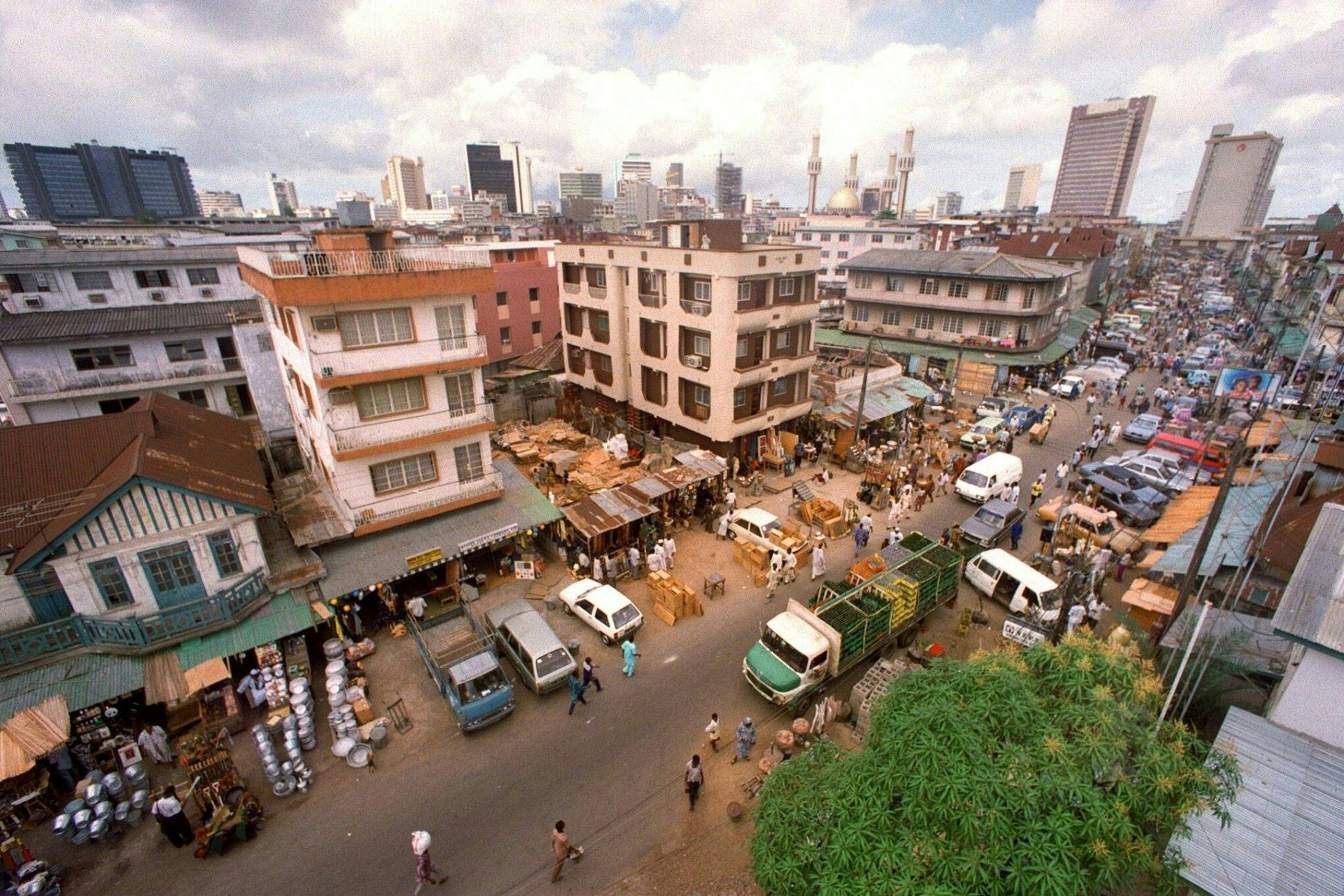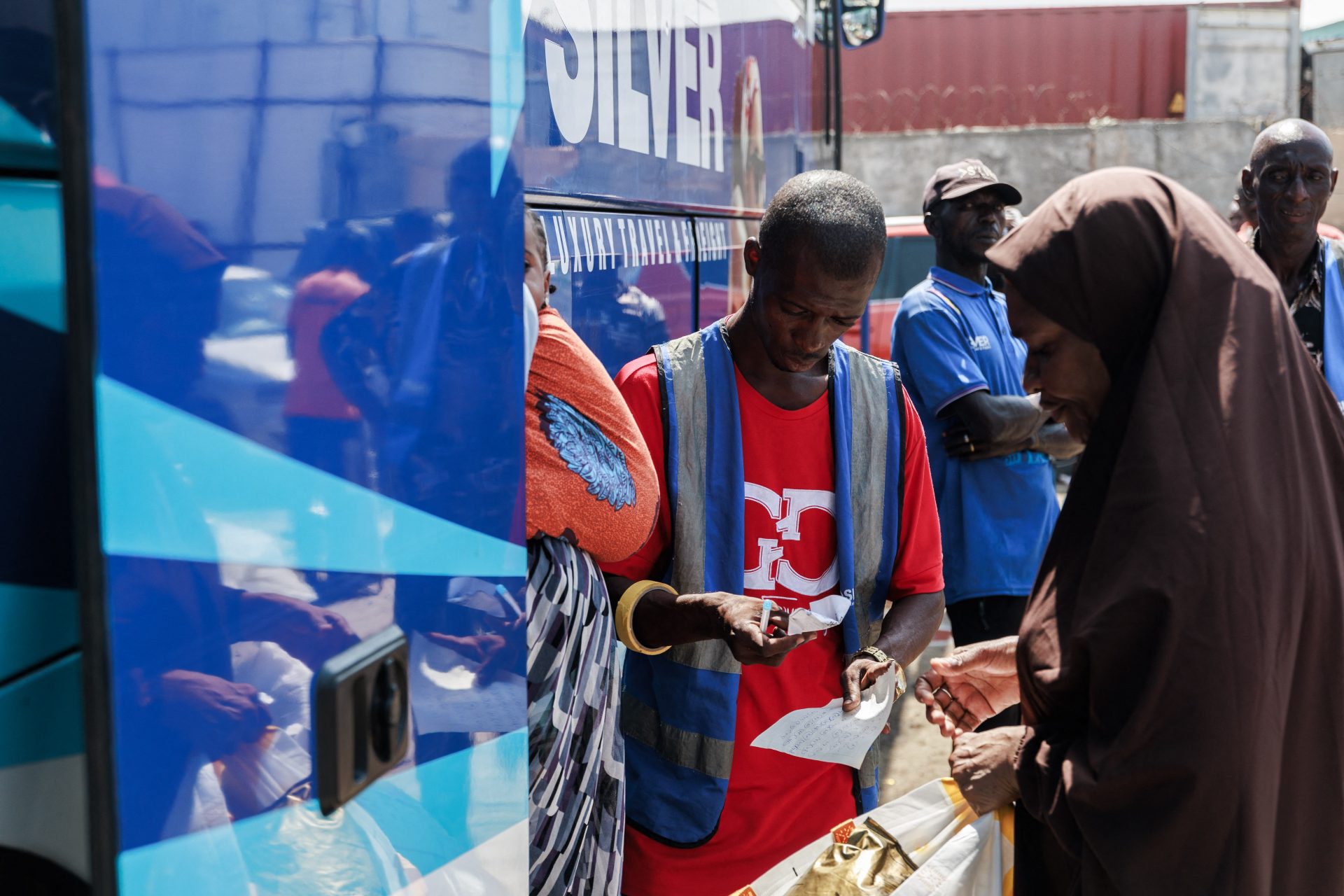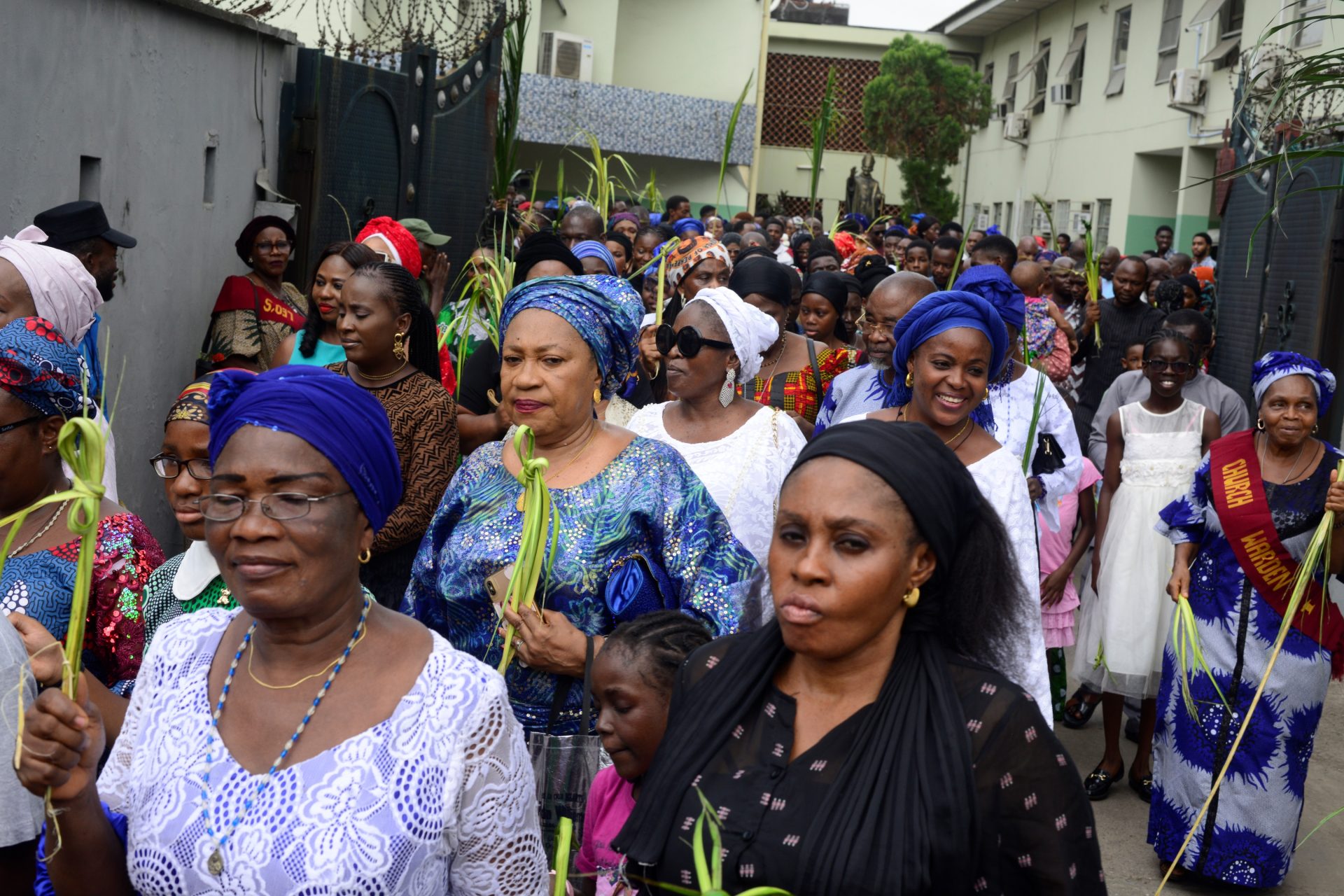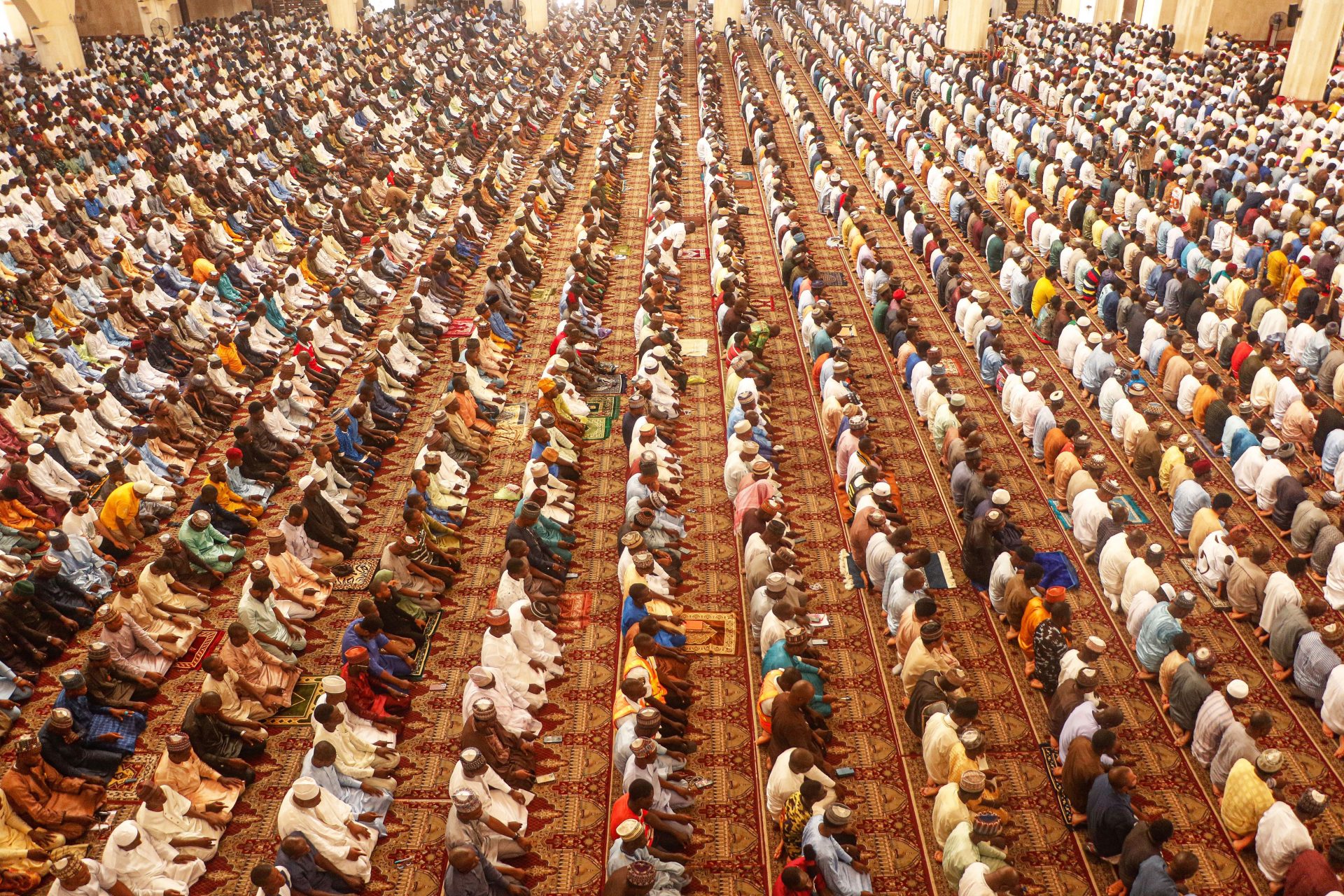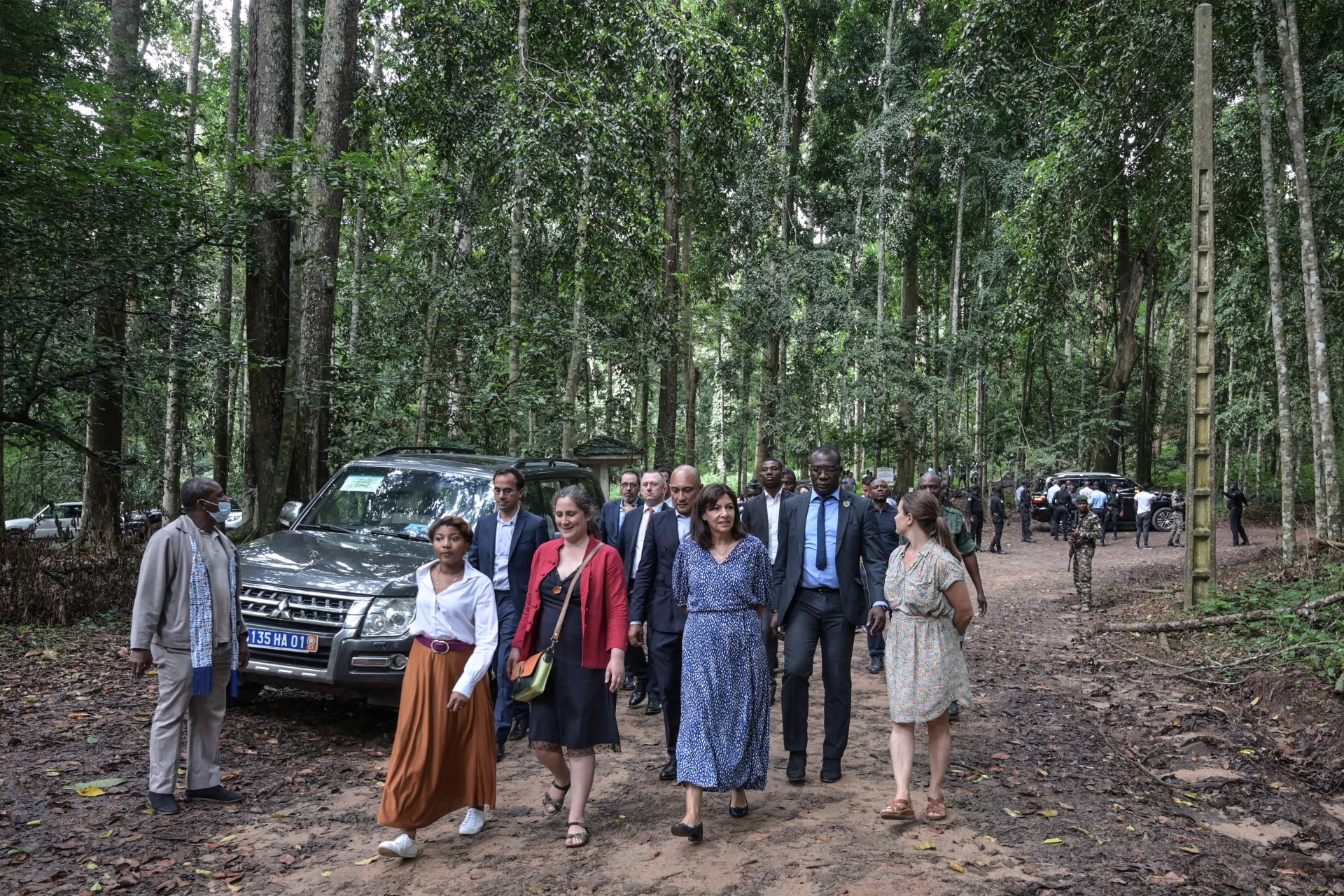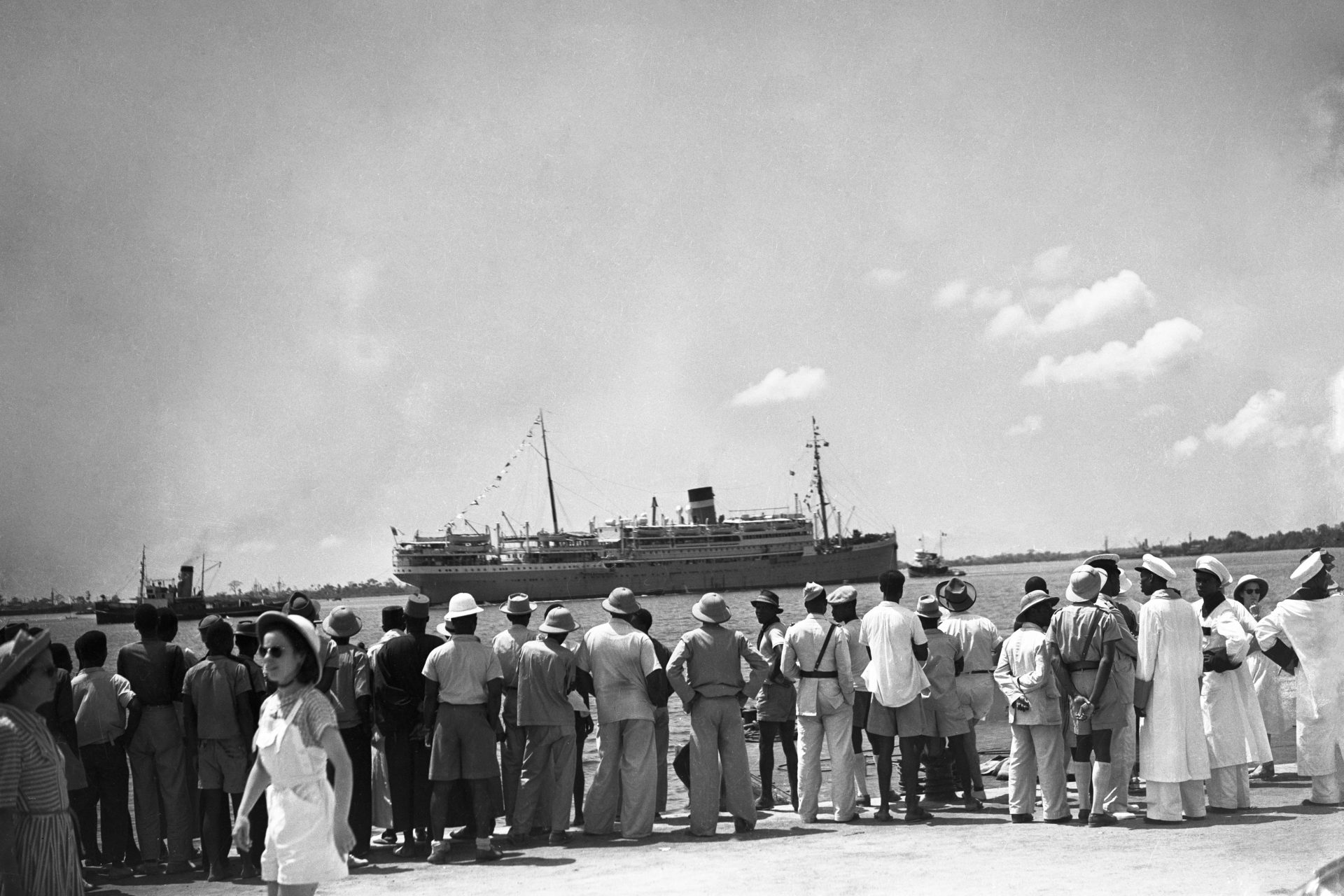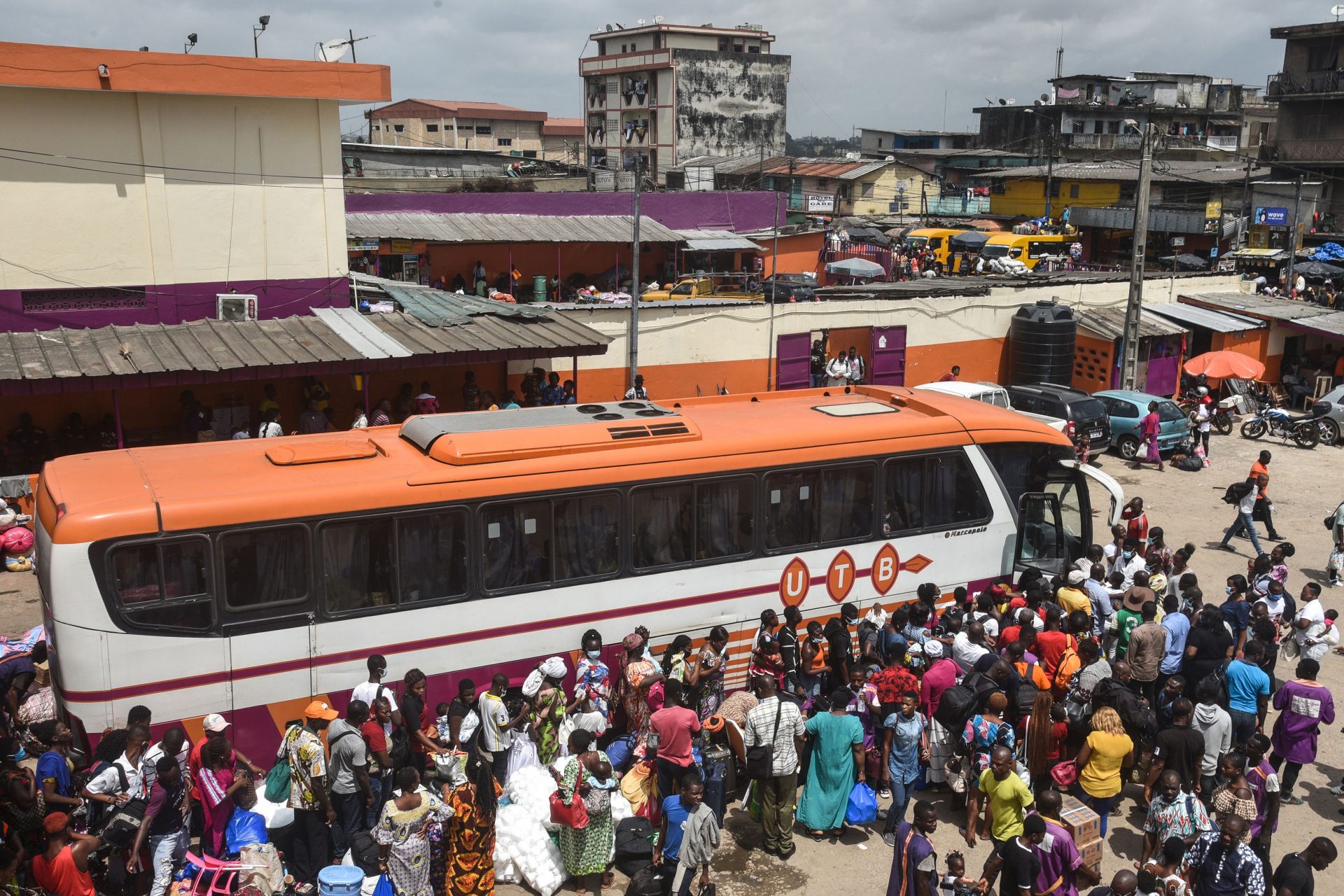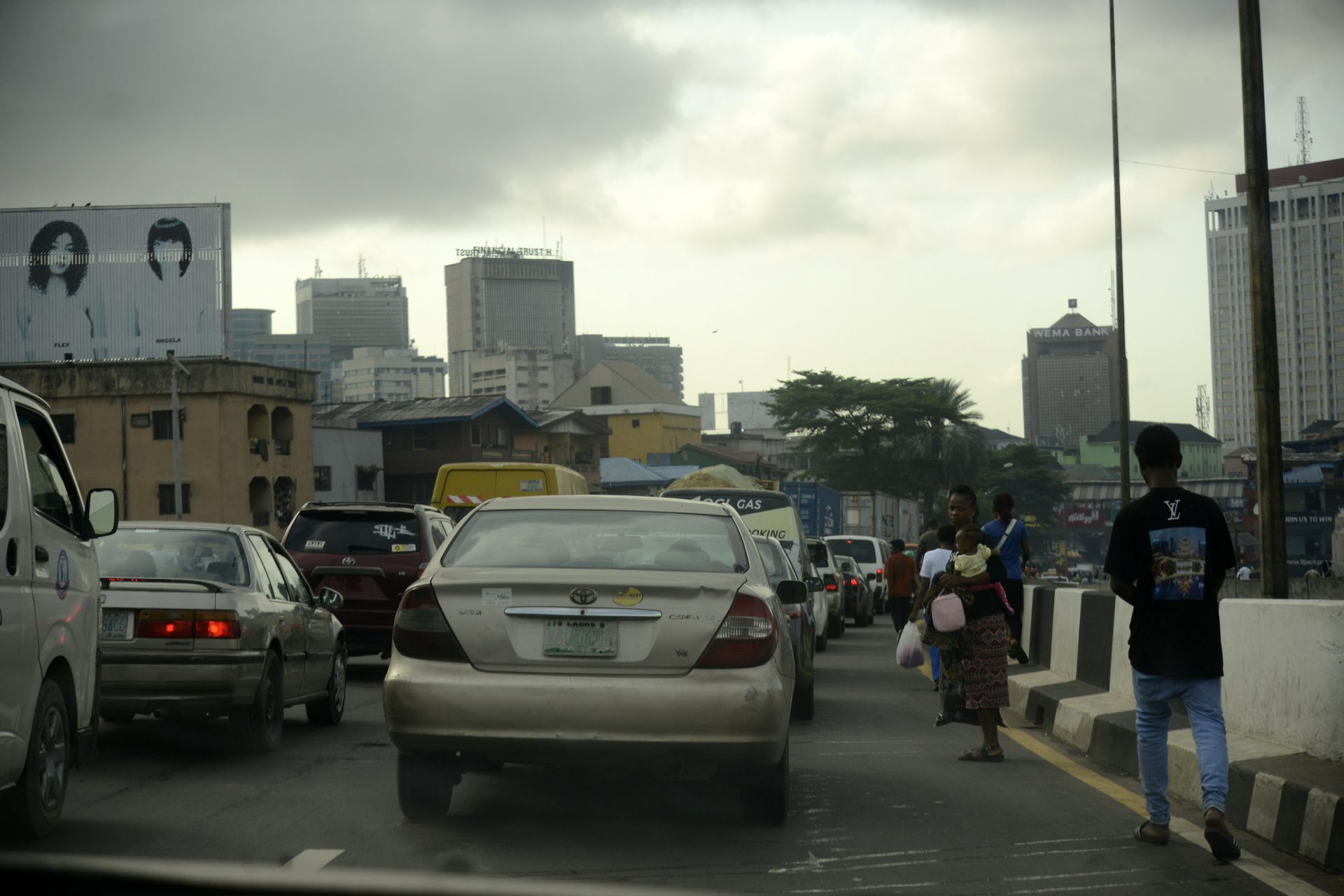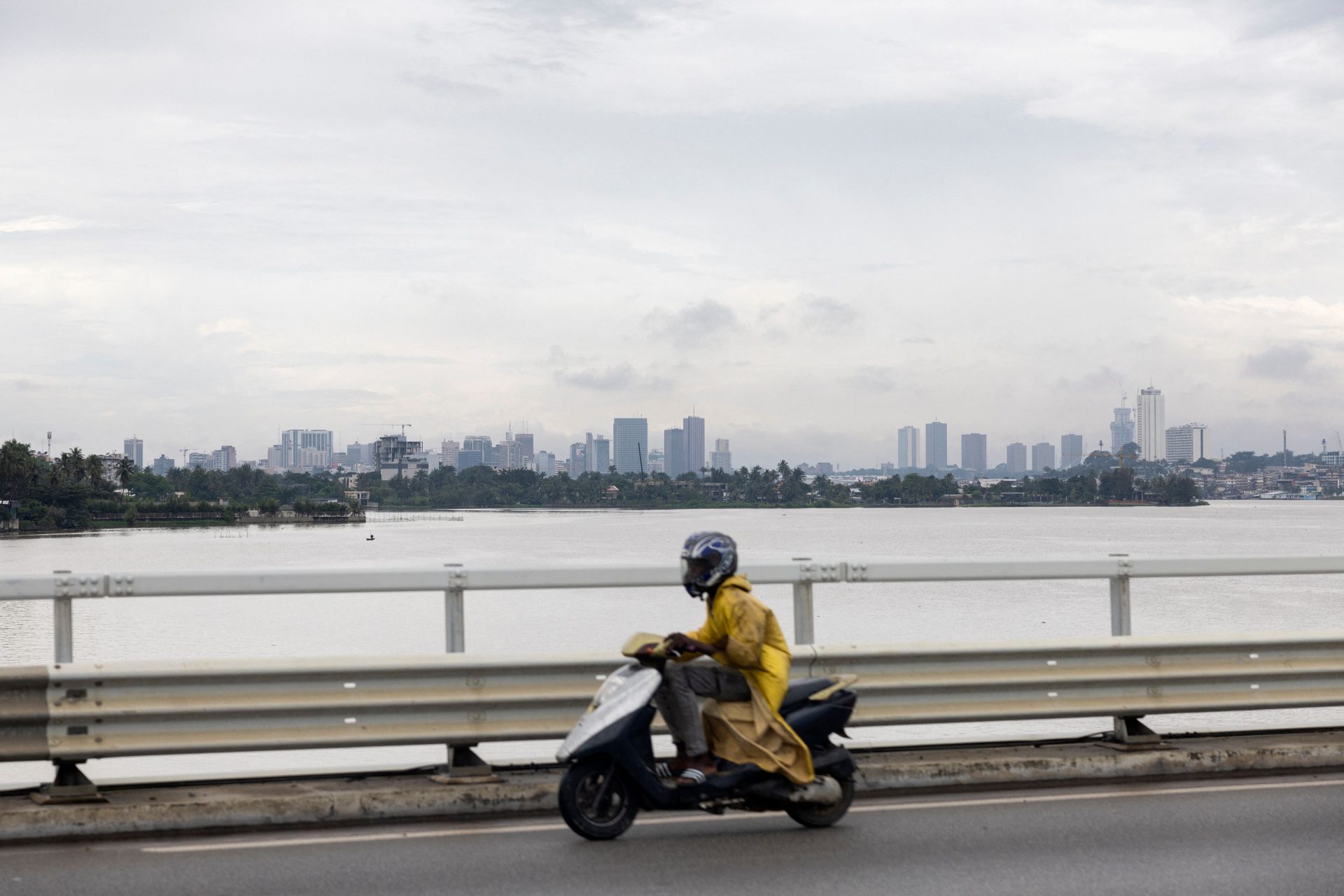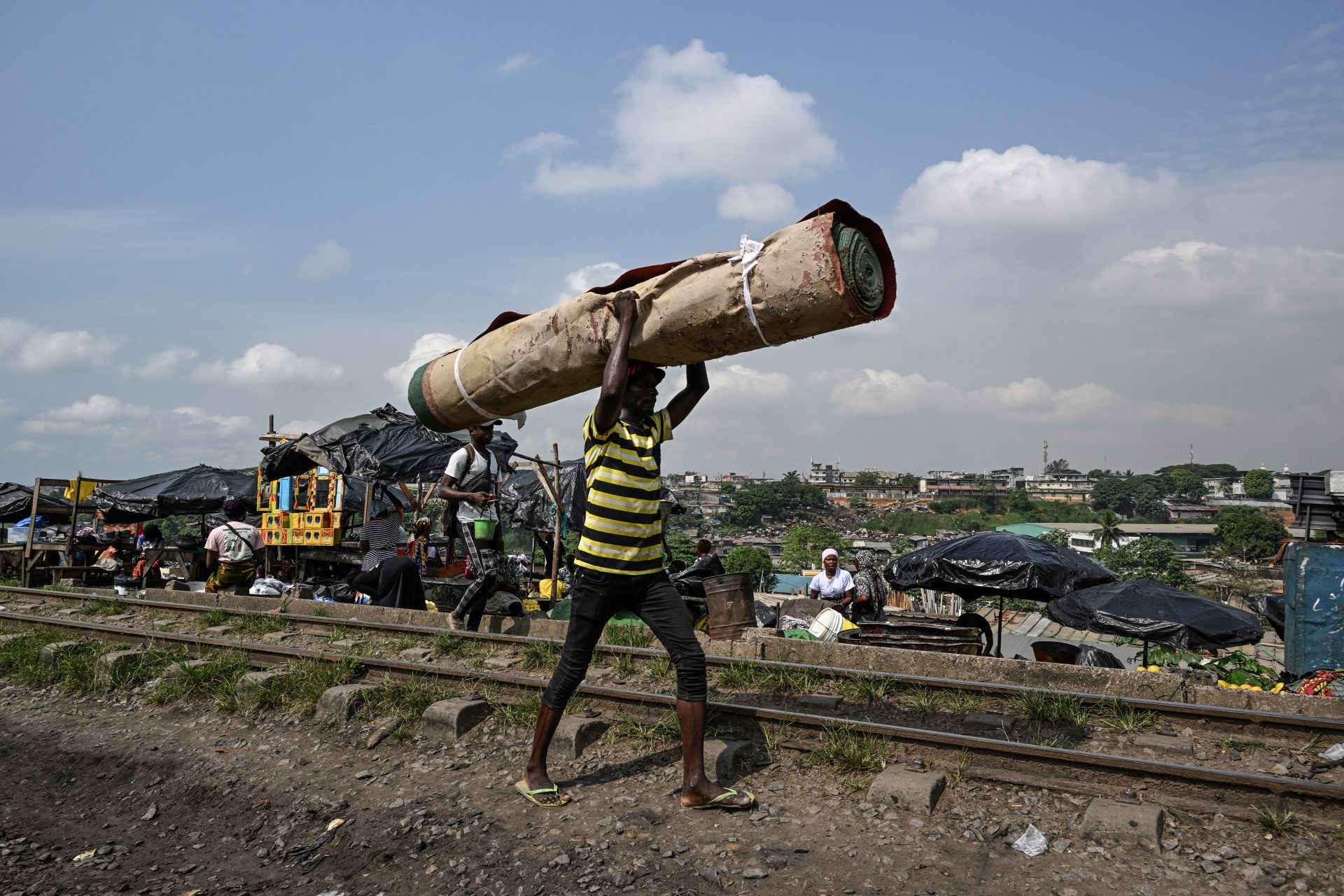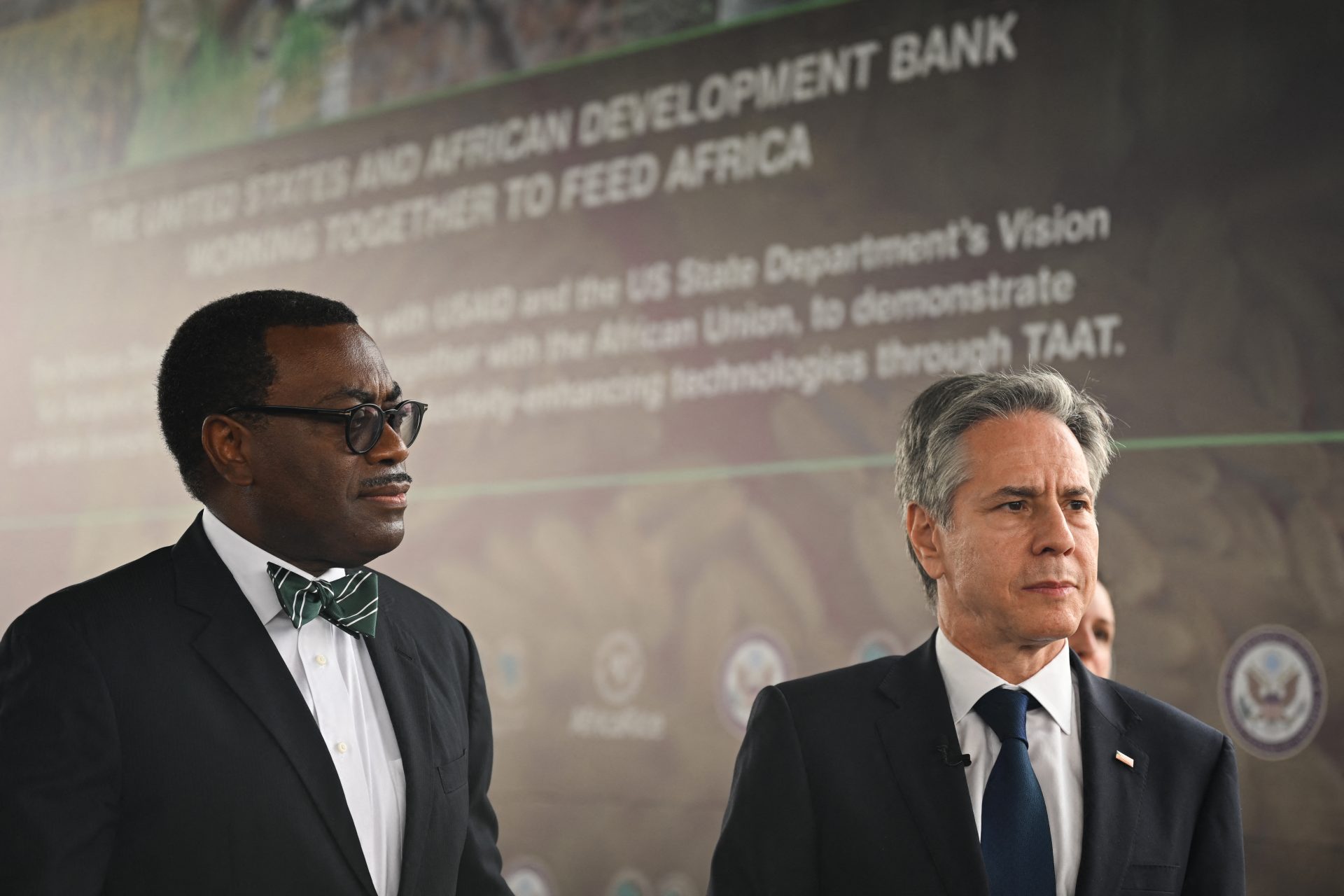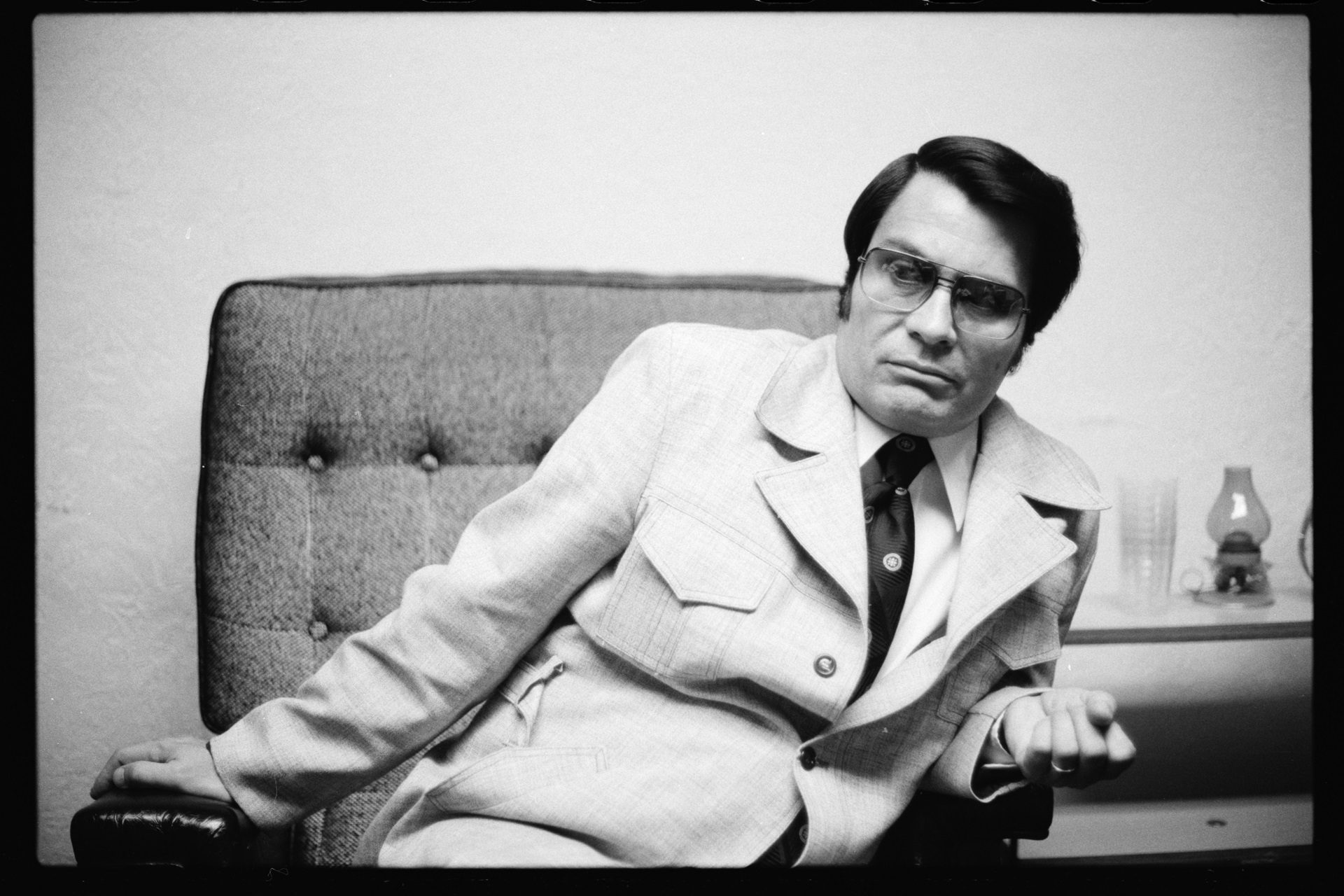Urban Giants: the world's largest city with 500 million residents
Just a short while back, global population crossed the 8 billion mark, with an increasing concentration flocking towards sprawling urban centers worldwide. As per UN projections, by 2050, nearly 70% of humanity is anticipated to call urban areas home.
The truth is that when we talk about cities, we think of New York, London, Tokyo, Shanghai or Buenos Aires, but why doesn't anyone think of places in Africa?
More than anything because, according to experts, at the end of the century, Africa will have the largest city in the world, where around 500 million people will live, according to 'The Guardian'.
This large city, still to be developed, would be in West Africa, on the coastal strip that runs from Abidjan (Ivory Coast) to Lagos (Nigeria). A total of 1,000 kilometers in length that would house 500 million inhabitants and would also cover areas of Togo, Benin and Ghana.
The figure should not be surprising, since the estimate is that Africa will cover 40% of the world's population at the end of the 21st century, which gives an idea of the demographic power of the continent.
In fact, in this area that will be the great global megalopolis, there are already more than 40 million people, surpassing the Tokyo metropolitan area, which has just over 37 million people.
The formula is simple: cities have a lot of arid land that, little by little, is absorbed by the cities and helps to expand their urban core. Without going any further, by 2035 it is expected that the area will exceed 50 million inhabitants, according to 'The Guardian'.
The clearest example of this demographic blow is Abidjan, which in the middle of the 20th century had only 65,000 inhabitants and is currently close to 6 million inhabitants, according to World Population Review.
More striking is the case of Lagos, whose population already exceeds 9 million inhabitants, making it the most populated city in Africa, according to Statista. Well, the forecast is that Lagos could reach 25 million inhabitants in 2035.
And if we go to 2100, Lagos could be the most populated city in the world, with more than 88 million people who, at that time, would already be part of the great city that would be preparing for 2100.
Obviously, this potential growth in West Africa has a problem and that is knowing how to develop the urbanization process of disproportionate population growth, since the infrastructure is less than in any other city, as warned by 'World Population Review'.
Another added problem, no matter how much one wants to look the other way, will be distributing the population across five countries. They want to solve this problem with the Transwestern Coastal Highway.
This project would cover even more distance than the Lagos-Abidjan Corridor and its asphalt tentacles would connect up to 12 coastal countries, from Mauritania to Nigeria.
At the moment, the estimated cost for this project would be 15.6 billion dollars, which would be assumed by the African Development Bank, according to Global Construction Review.
More for you
Top Stories



